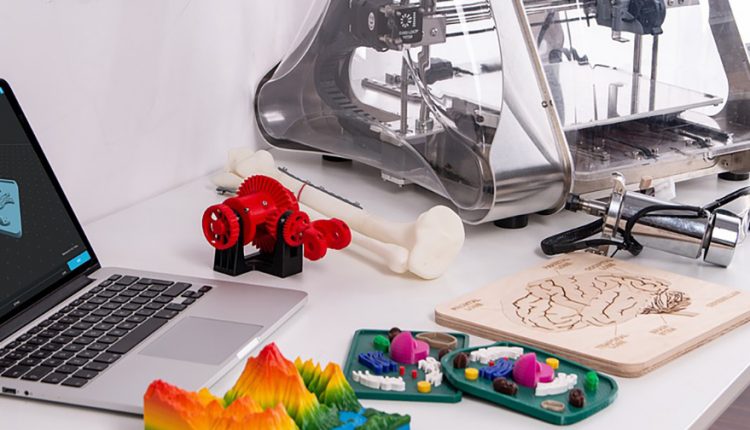$6.1bn Market Forecasted for 3D Printed Medical Devices
IDTechEx has reported that the market for 3D printed medical devices and pharmaceuticals will be worth $6.1bn by the year 2029. IDTechEx has found this to be a rapidly growing market with compound annual growth rates of up to 18% in certain sub-segments.
As IDTechEx have previously reported, ‘3D printing is disrupting the way we provide personalized medicine’. IDTechEx described the hearing aid industry as one that has been transformed by 3D printing technology, the digital precision afforded by 3D printing has improved patient comfort while simultaneously decreasing manufacturing times. In this article, we discuss additional examples of how 3D printing can disrupt the medical device industry.
3D printing creates invisible braces
3D printing in dentistry is one such high growth market, and one of the most high-profile dental products to be manufactured by 3D printing is the Invisalign transparent orthodontic aligners. These devices are produced by Align Technology, on 3D Systems’ ProX SLA printers. The Invisalign product is designed to be aesthetically appealing, particularly to adult patients who wish to minimize the appearance of orthodontic appliances.
Moreover, as a removable device, the patient has no difficulty with eating, and oral hygiene is simplified. Though these devices may not be suitable to treat every patient, they have been used to treat almost six million patients around the world. Many competitors are now seeking to profit from this large and growing market.
3D printing enables affordable prosthetics
An inspiring movement to emerge is the use of 3D printing to create affordable prosthetics for children. Traditional prosthetics can cost between $5000 and $50,000 and provide an insurmountable financial challenge for parents, as children require a new prosthetic every few months.
Charitable organizations such as e-NABLE are using 3D printing to create hands and arms from open source designs to relieve this burden from parents around the world. Not only are the prosthetics affordable, but the lead times are decreased relative to the lengthy customization process of traditional prosthetics. While this application has limited contribution to the overall market value, there are significant unmet needs in the field of prosthetics that are going to be met by 3D printing technology.
To connect with others join IDTechEx at The IDTechEx Show! It is being held from November 20th to 21st at the Santa Clara Convention Center, CA. Presenting the latest emerging technologies at one event, with seven concurrent conferences and a single exhibition covering Electric Vehicles, Energy Storage, Graphene, Internet of Things, Printed Electronics, Sensors and Wearable Technology.

